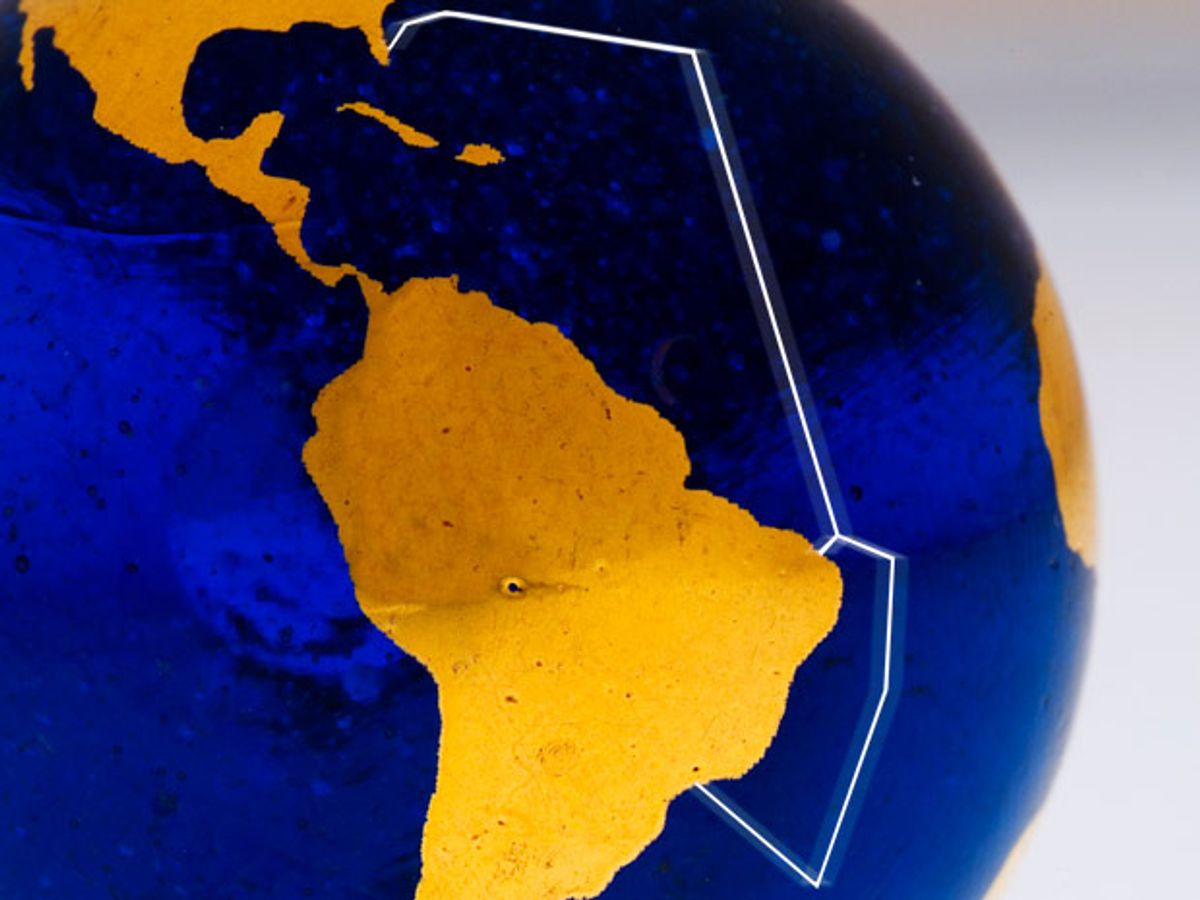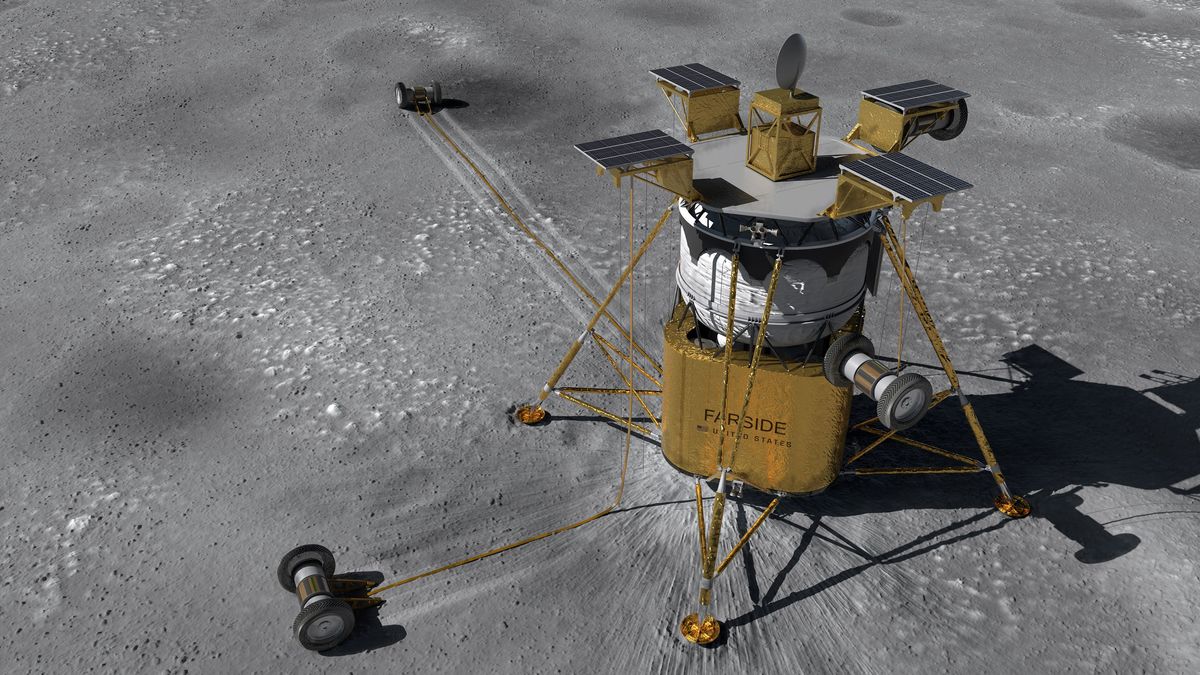This week, Google announced its investment in a new undersea fiber optic cable connecting the United States and Brazil that will help ensure that its services continue to run smoothly in South America.
The $60 million project, which will be capable of carrying up to 64 terabits of data per second, is scheduled to be completed by the end of 2016. It also marks Google’s second investment in continent-connecting cables this year.
The new cable, which will be composed of six fiber pairs, will run from the Brazilian cities of Santos in the south of the country and Fortaleza in the north, to Boca Raton, Florida. It will ensure that traffic over Google’s internal networks between the United States and South America flows through lines the company owns, rather than using bandwidth it has to lease from other providers.
“The strength of building is you have your own dark fiber that’s allocated just to you,” Tim Stronge, vice president of research for the analysis firm Telegeography, tells IEEE Spectrum. “That means if you’re Google or a company like them, you can light that whenever you want, however you want.”
While owning its own cable is primarily a cost-saving measure for Google, Stronge says, it also helps the company maintain service to customers of products like Gmail in South America by making it easier for the company to mirror its U.S. data centers in in other locations. The difference may be tiny—taking around 50 milliseconds to retrieve data from a data center in Sao Paulo and 100 milliseconds to pull it off of a server in the U.S., for example—but when users expect their connections to be speedy and seamless, it doesn’t go unnoticed. “You can feel that when you’re using the Internet,” Stronge says.
As was the case with the FASTER cable announced earlier this year, which will run between Asia and the west coast of the United States, the search giant is partnering with a group of telecom firms to lay out the new cable. For the new U.S.-to-Brazil cable, Google’s partners are Brazil-based Algar Telecom, Uruguayan telecom company Antel, and Angola Cables, a collective of telecoms and ISPs in the African nation of Angola.
Angola Cables plans to connect the as-yet-unnamed cable to their South Atlantic Cable System, which is scheduled to connect Africa and Brazil via submarine fiber cables in 2016. A direct fiber optic connection to servers in the United States would be a major boon to the consortium.
“It could open the African market to U.S.-hosted content,” says Stronge. Without a direct connection to the United States, that prospect would be far less attractive.
The newly announced cable is the third that will connect the United States to Brazil in coming years. AMX1, funded by Mexican telecommunications companies Telmex and America Movil, should be operational by the end of this year. Submarine cable specialists Seaborn Networks anticipate having their planned cable, Seabras-1, up and running by 2016, and Microsoft has already agreed to buy capacity on that cable to ensure the performance of their cloud computing platforms in South America.



